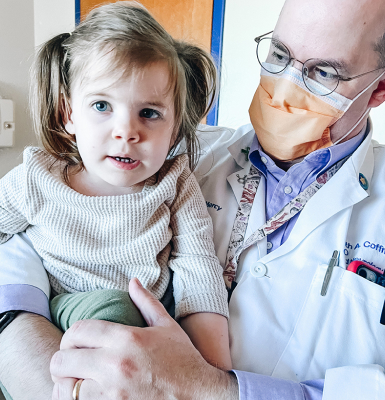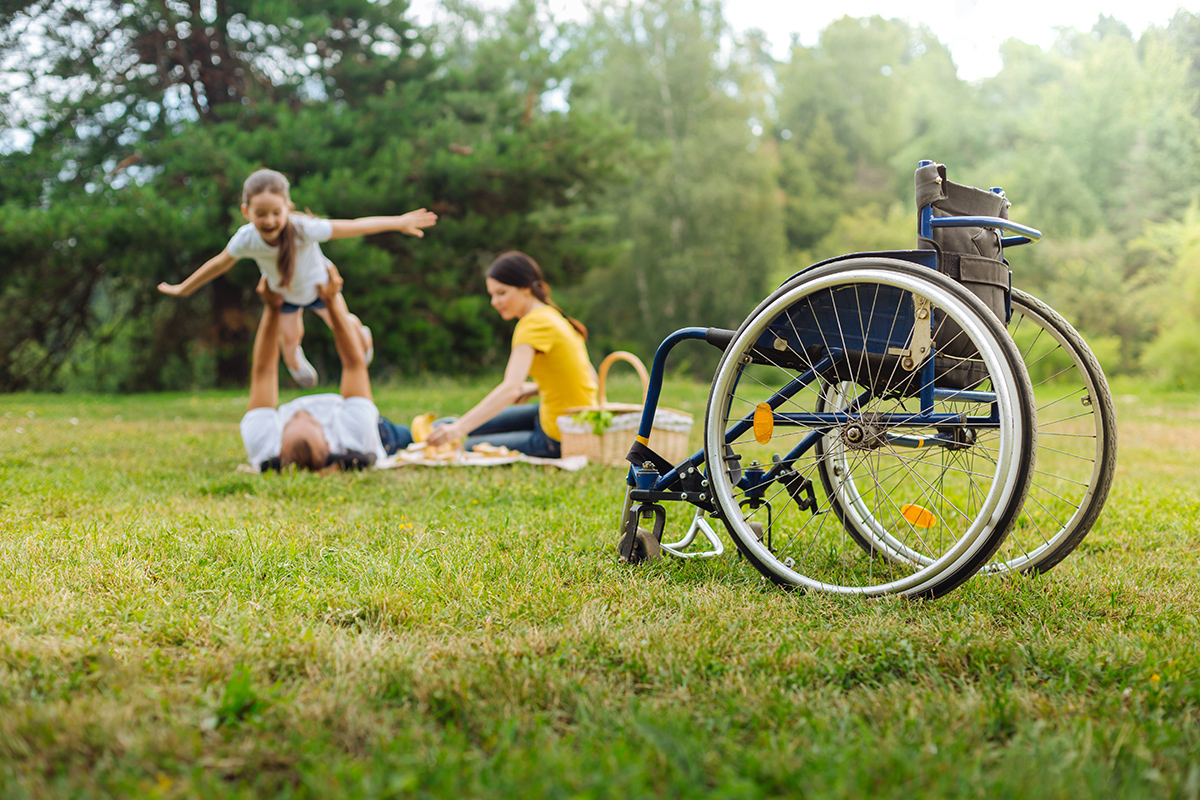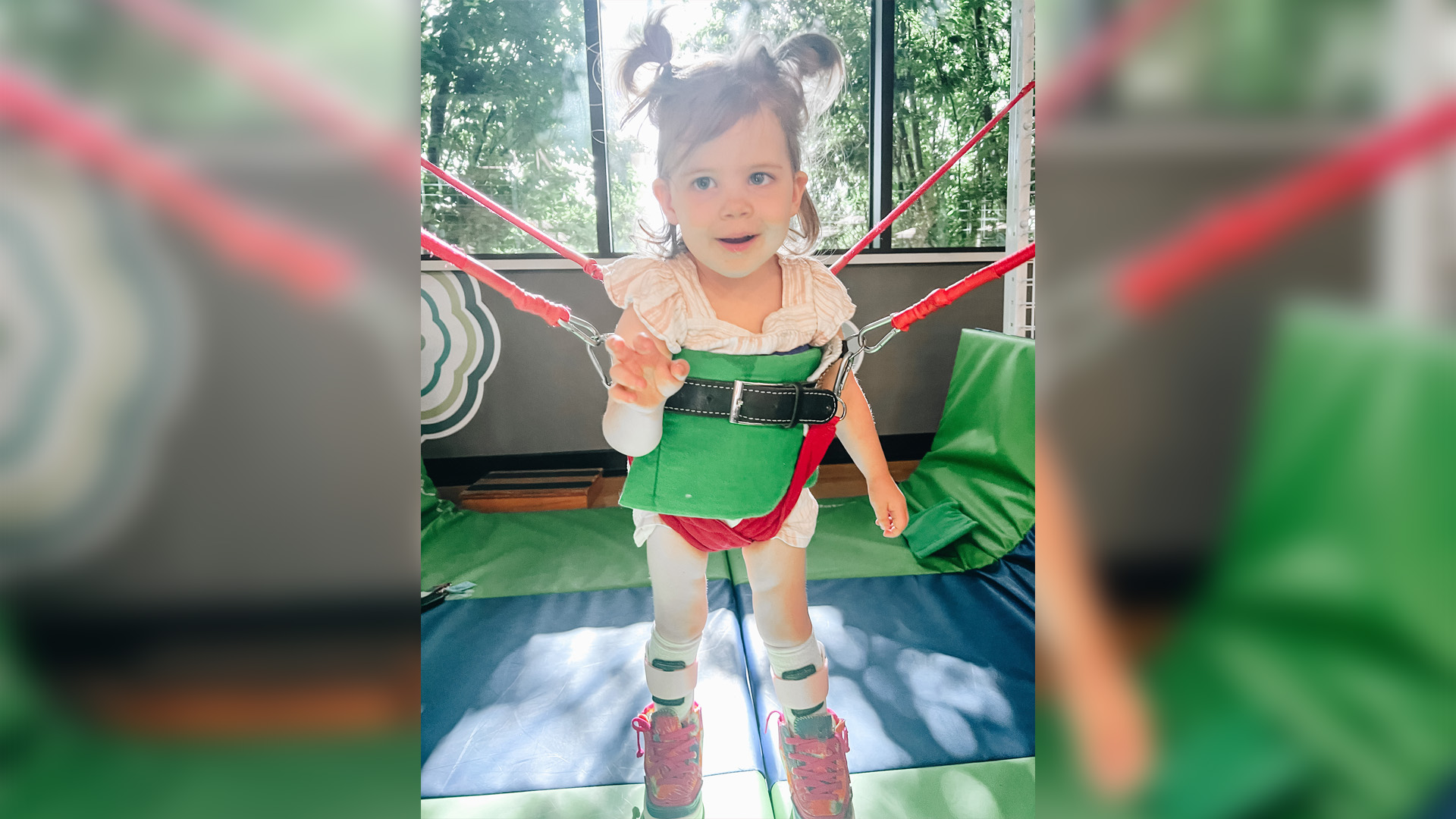Many scales are used to characterize the motor function profiles of patients with neurological conditions and impairments. These scales have limitedly been applied to patients with AHC, yet they may improve impairment characterization, clinicians’ and caretakers’ understanding of the natural history and neurobiology of the disease, and the planning and performance of future therapeutic clinical trials. [1]
A 2020 study cohort revealed that patients with AHC harboring ATP1A3 mutations:
- Exhibit various forms of hyperkinetic non-paroxysmal movement disorders (NPMDs) (chorea, dystonia, myoclonus, and ataxia).
- Dystonia or chorea are the most frequent movement disorders.
- May have more than one movement disorder with various degrees of severity.
- A history of acute neurological deterioration and further regression of motor function, typically after a stressful event, is reported in 25% of study participants.
- The E815K ATP1A3 mutation was significantly associated with a more severe phenotype. [2]
[1] Masoud M, Gordon K, Hall A, Jasien J, et al… Motor Function Domains in Alternating Hemiplegia of Childhood. Developmental Medicine & Chid Neurology. 2017 May 25, 59 (8): 822-828.
[2] Panagiotakaki E, Doummar D, Nogue E, Nagot N, Lesca G, et al.. Movement Disorders in Patients with Alternating Hemiplegia: ‘Soft’ and ‘Stiff” at the Same Time.” Neurology. 2020, 94 )13); e1378-e1385.
Non-Paroxysmal Movement Disorders Include:
Ataxia means without coordination. Patients with ataxia experience a lack of coordination when performing voluntary movements. Ataxia is usually caused by dysfunction in the cerebellum, the part of the brain that controls movement and balance.
Bradykinesia (slowness of movement) is the appearance of abnormal stillness or a decrease in facial expression. This translates into difficulty performing everyday functions, such as buttoning a shirt, cutting food or brushing your teeth. It can often be unpredictable.
Chorea is a type of abnormal movement characterized by recurrent, brief, unpredictable and purposeless body movements flow from one body part to another. The movements are briefer than those seen with dystonia but more sustained and less “shock like” than the movements seen with myoclonus. Choreic movements may be sudden and jerky movements or may be more continuous and flowing. When they are more continuous and flowing, the term choreoathetosis is used. Choreoathetosis is a ceaseless occurrence of rapid, highly complex jerky movements that appear to be well coordinated but are performed involuntarily. It is marked by 2 types of abnormal involuntary movements: chorea and athetosis.
Dysarthria occurs when the muscles you use for speech are weak or you have difficulty controlling them. Dysarthria often causes slurred or slow speech that can be difficult to understand.
Dyskinesia is a broad term for any abnormal involuntary movement.
Dystonia is involuntary repetitive twisting and sustained muscle contractions. These result in abnormal movements and postures. Dystonic movements are abnormal movements that are usually rhythemic and repetitive, causing twisting movements and abnormal postures. Dystonia occurs when opposing muscles are contracting at the same time. The activation of these muscles may “overflow” to other muscle groups unintentionally.
Myoclonus refers to a type of movement disorder characterized by involuntary, rapid muscle contractions that result in a sudden, unexpected jerk or twitch.





